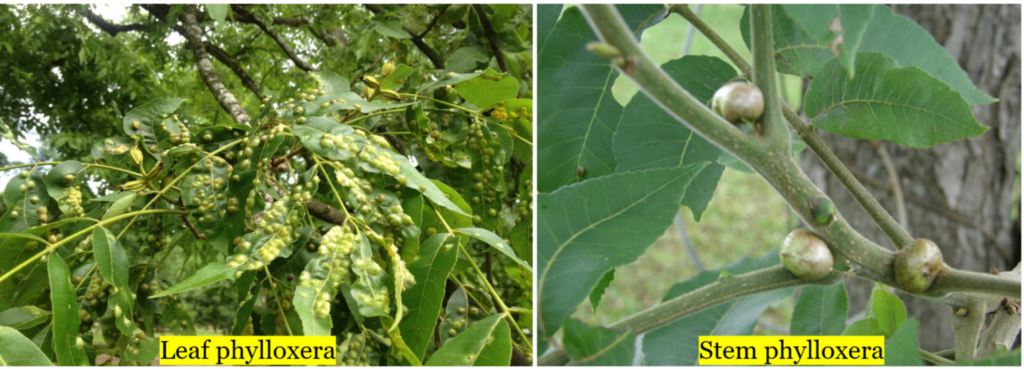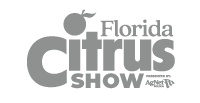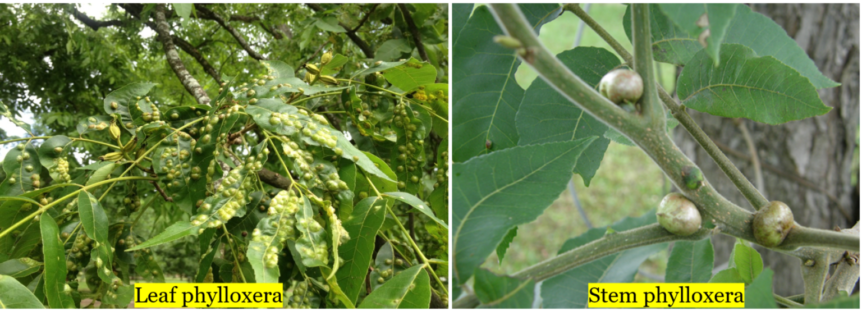
By Clint Thompson
Phylloxera was in high populations in pecan orchards across the Southeast last year. If growers hope to avoid a similar outbreak this year, they’ll need to be more timely with their insecticide sprays, says Apurba Barman, an assistant professor of entomology at the University of Georgia Tifton Campus.
“Imidacloprid is regularly used in pecan production, but timing is the key. If you apply that after you see the galls, it’s not going to be helpful,” Barman said.
Producers should plan a spray right around budbreak to avoid galls on the leaves, symptoms that are evident of the insect’s impact.
“We had a lot of phylloxera in our orchards (last year), and I got calls from other growers. Populations were really high this last year. If you do not treat on time, you will see the symptoms, those galls,” Barman said. “It’s kind of like nematodes on the leaves.
“They divert the nutrients or energy of the plants. The energy is needed to produce nuts, feeding those nuts to become mature. The energy gets diverted to make those galls. If you have galls, or those bumps on the leaves, the leaves are not going to function normally.”
Barman highlighted research he conducted with phylloxera in 2024 during this winter’s county meetings. Management tactics of using imidacloprid and an insect-proof net cage led to the least amount of galls, less than one-half per leaf. In contrast, no cage and no insecticide application resulted in about 45 galls per leaf.










